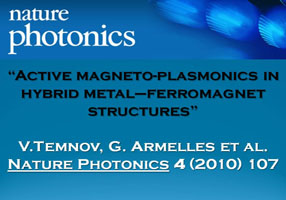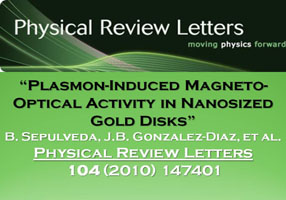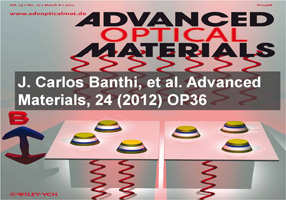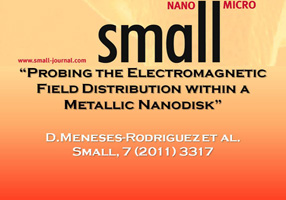Computers:
Two mid-range 64bits supercomputers (both 8 kernels, with 2GHz and 32GB RAM and 2.2GHz and 64GB RAM respectively).
Two workstations (4 kernerls with 2.66GHz and 8GB RAM, and 2kernels with 2.4GHz and 2GB RAM respectively)
Codes:
Simulations of the optical and magneto-optical response of nanostructured samples are carried out mainly using a Scattering matrix formalism for periodically patterned structures. Our formalism has been specially developed to deal with non-diagonal dielectric tensors, so we can tackle magneto-optically active material (Phys. Rev. B 71, 205116 (2005)). Where the SM cannot or is not worth to be used we employ efective medium theory (mostly Maxwell-Garnett).
The near field patterns can be obtained from the SM formalism, but we have currently not implemented that feature, and so we use either effective medium approximation or exact simulations based on the FDTD formalism (Lumerical). The later lacks the magneto-optical activity but in most cases the electromagnetic field obtained gives the necessary physical insight.
OOMF code for Micromagnetic calculations.






